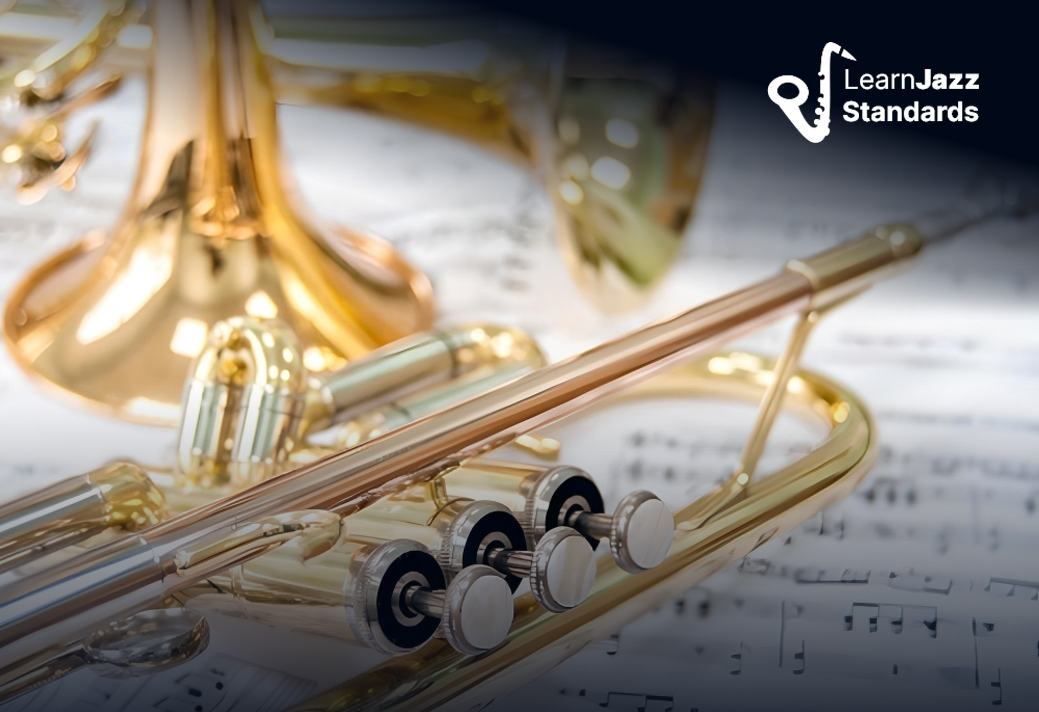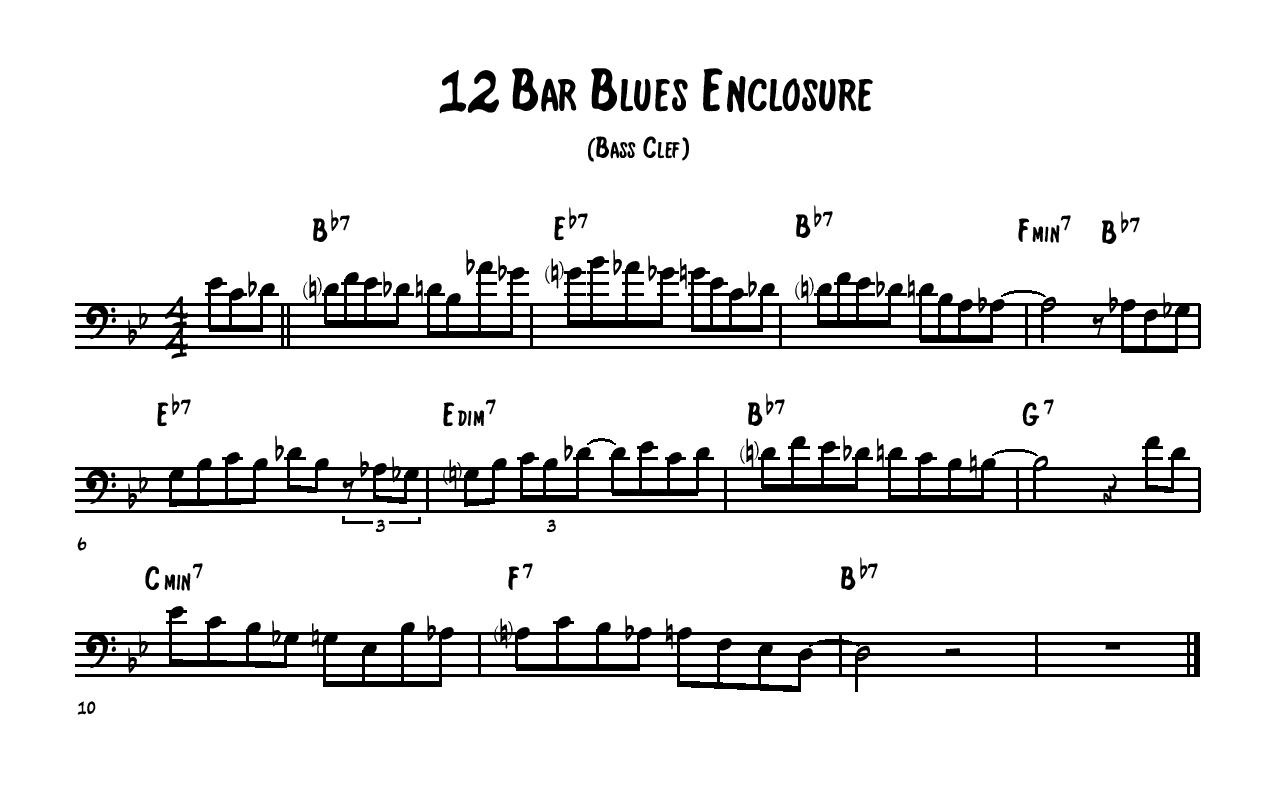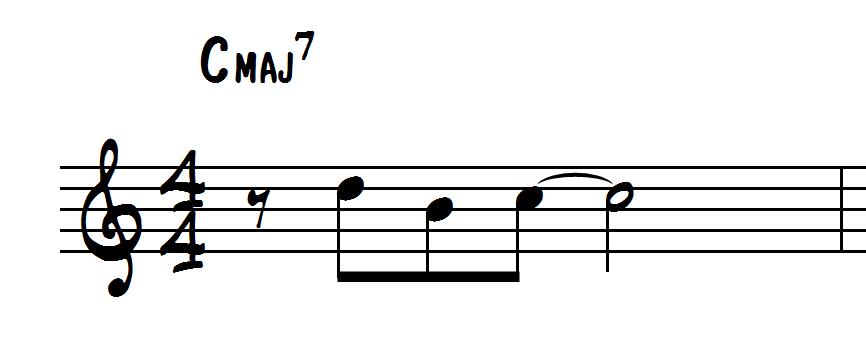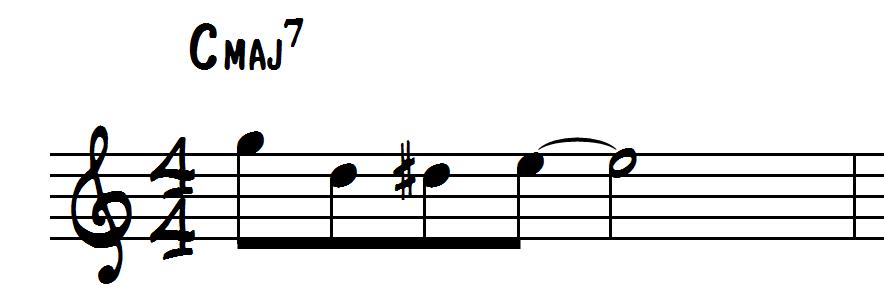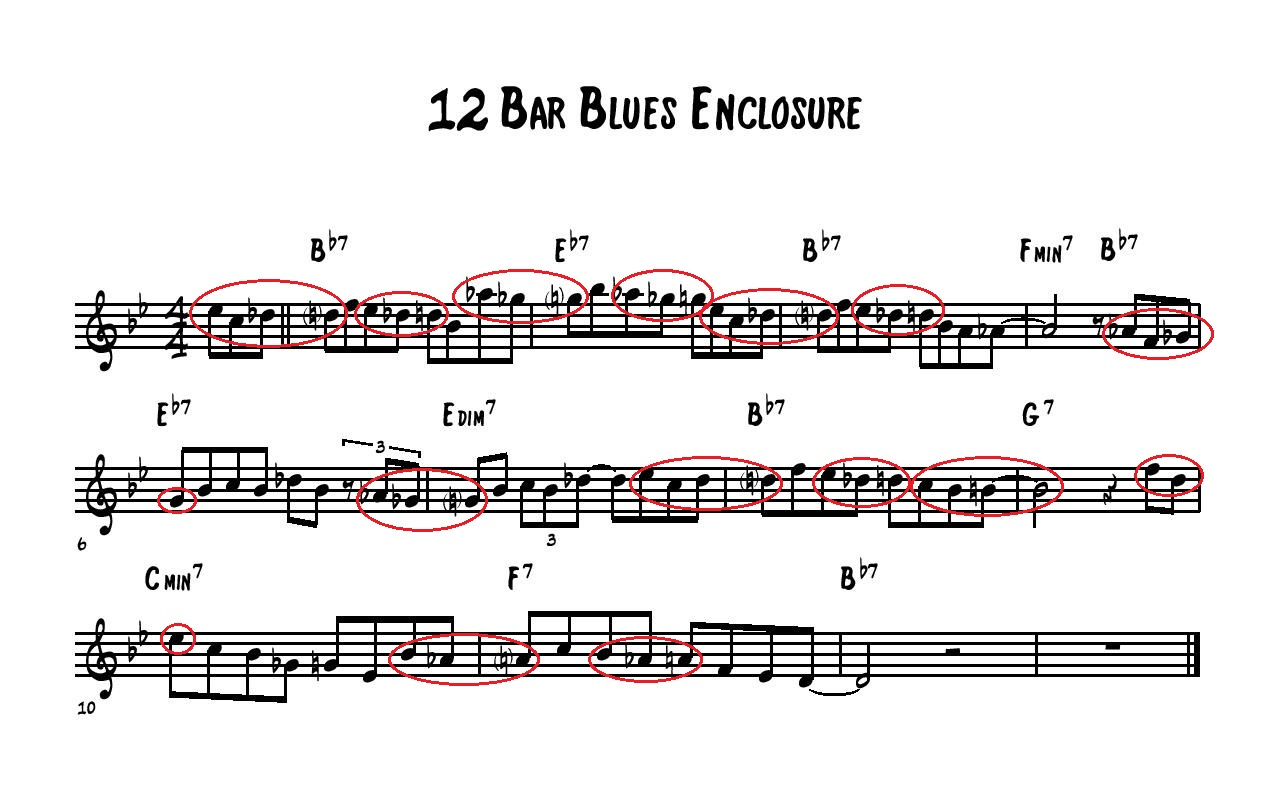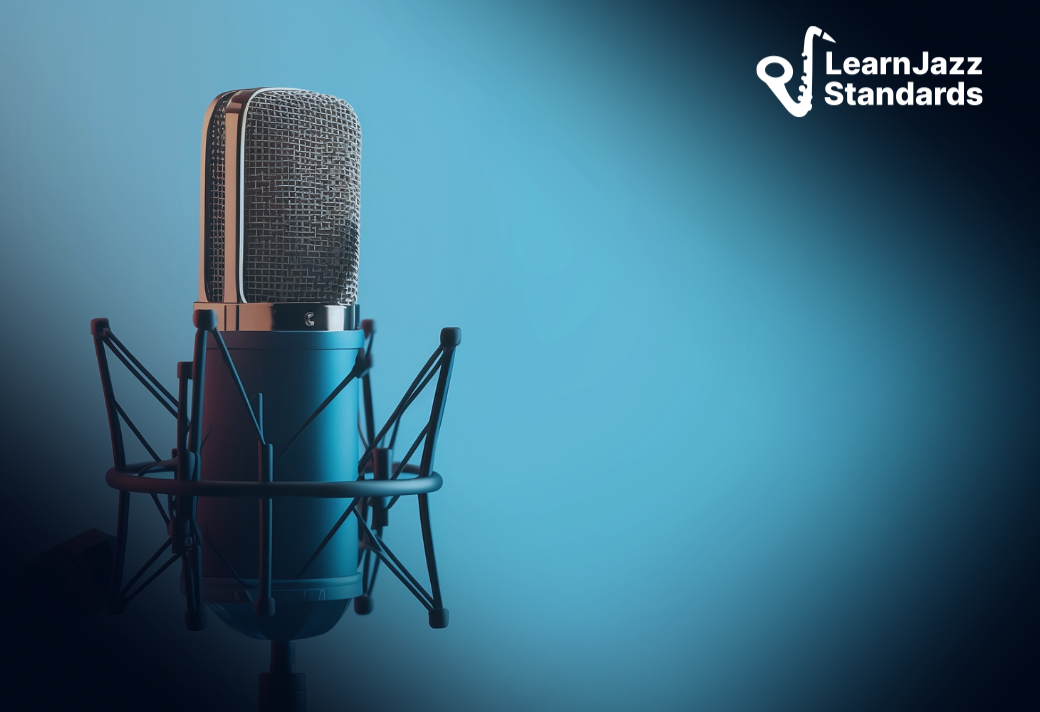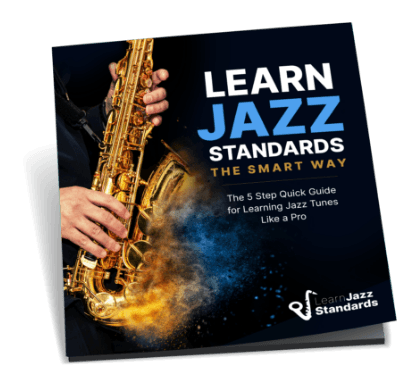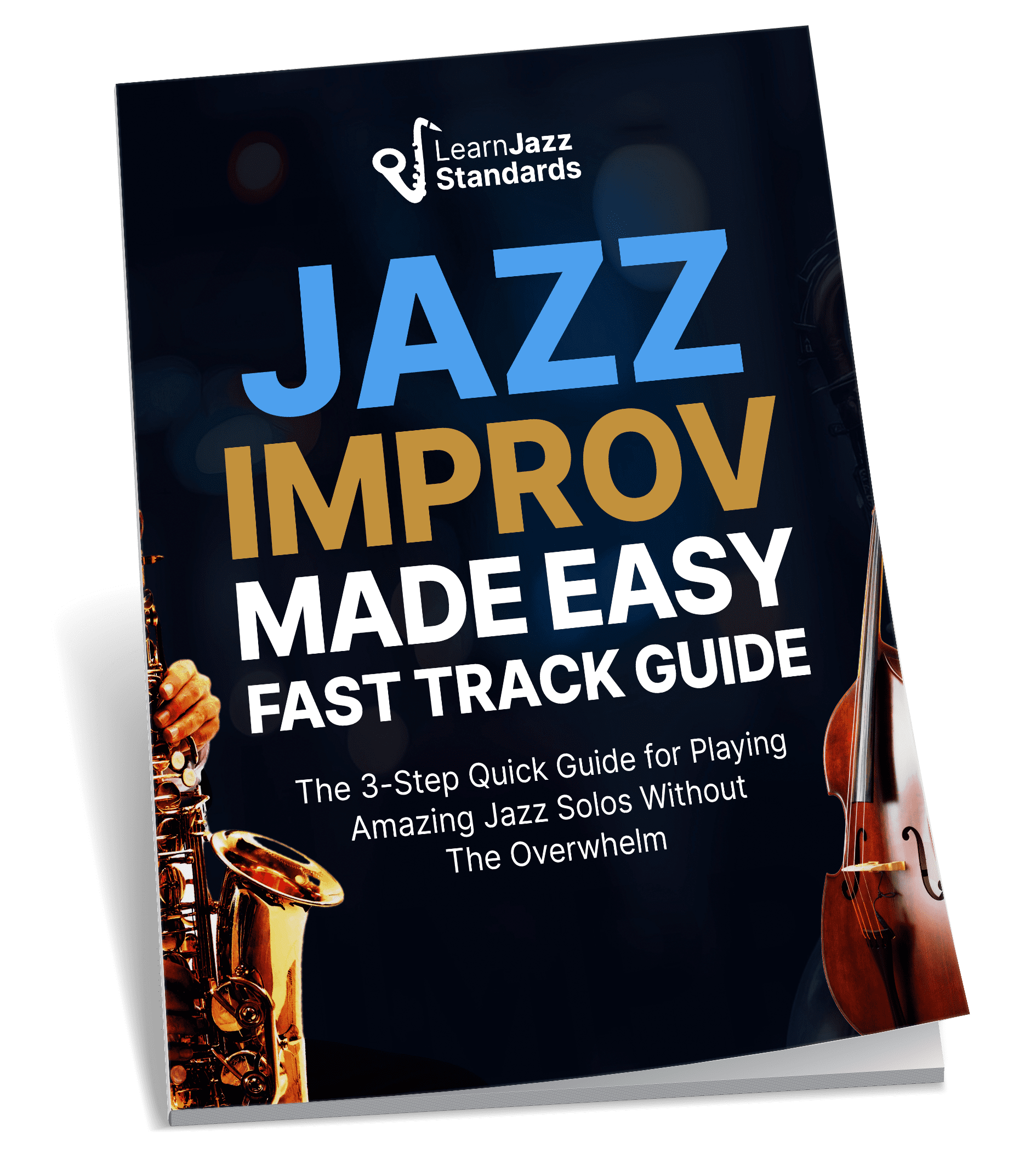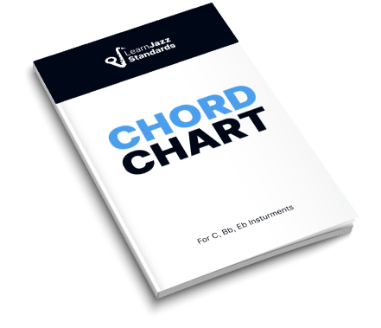Here’s an exercise using the technique called enclosure. This exercise exaggerates enclosure so that you can practice and get inside the concept. If you haven’t checked it out already, I would highly suggest going to the lesson where I introduce enclosure and it’s different types. You can take a look at it here. This will help you get a better idea of what I’m talking about. However, I’m going to do a brief summary.
What is enclosure?
Enclosure is simply approaching a target note from above and below either diatonically or chromatically. To fully understand enclosure you need to understand what a target note is, a diatonic approach note is, and what a chromatic approach note is.
A target note is the note you plan on resolving to. In most of the enclosures in this exercise, the target note is the 3rd of the chord. The 3rd is a chord tone that often defines the chord quality being played, therefore it helps create really great voice leading.
If music theory has always seemed confusing to you and you wish someone would make it feel simple, our free guide will help you unlock jazz theory secrets.BEFORE YOU CONTINUE...
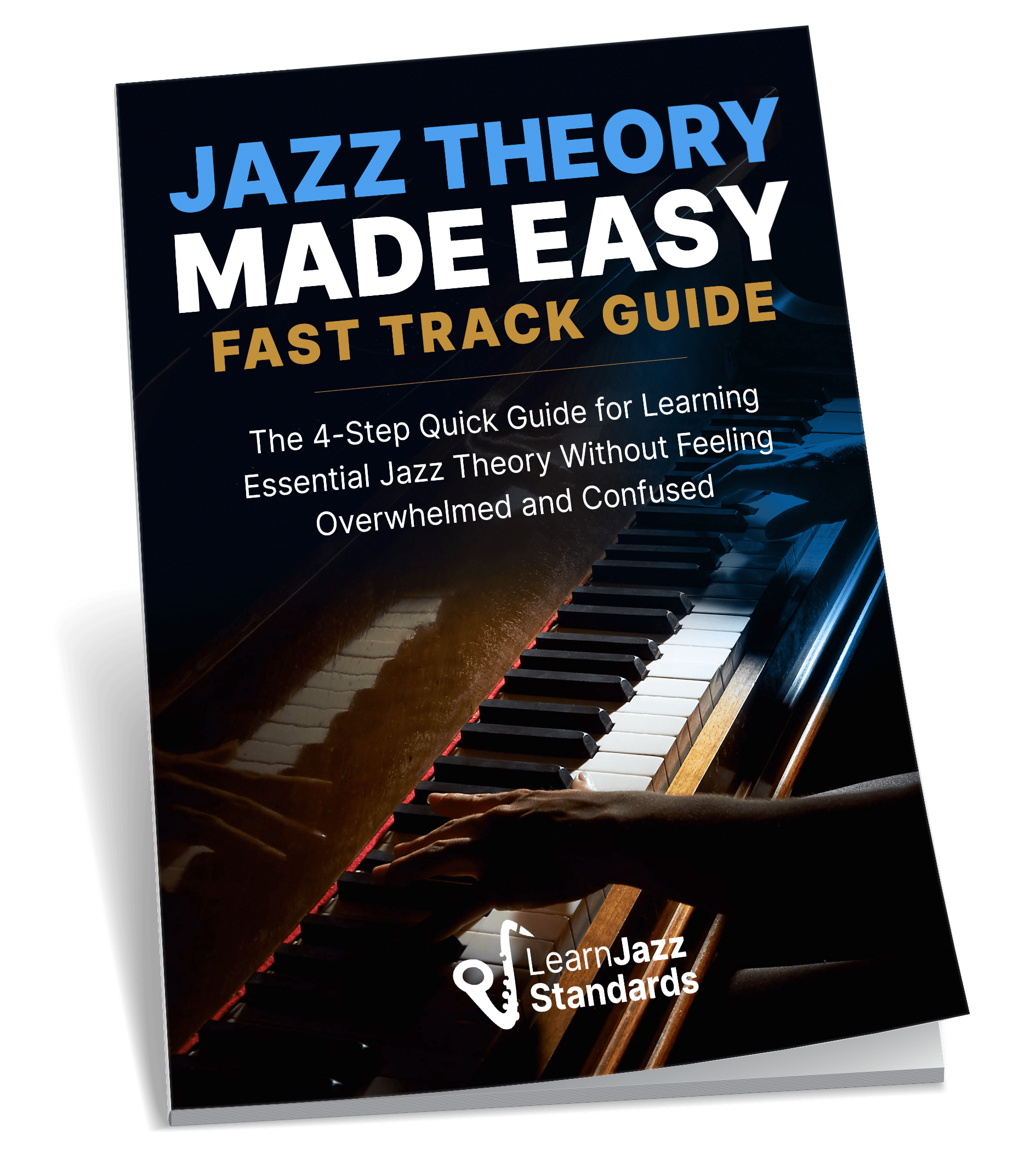
A diatonic approach refers to a note approaching the target tone that is related to the given key center. For example, a B approaching a C in the key center of C major, is diatonic.
A chromatic approach refers to a note approaching the target tone that is not related to the given key center. For example, a C# approaching a C in the key center of C major, is chromatic. Here is an example of enclosure.
In this example we see an 3 note enclosure using two diatonic approach notes leading into C, which in this case is the root of the chord. Take a look at the next one:
In this one we have a 4 note enclosure using two diatonic approaches (G and D) and one chromatic approach (D#). The target note is the 3rd (E).
Play through this exercise. It takes enclosures and connects them to make musical lines. For practice sake, I have exaggerated enclosure and have tried to add it as much as possible. This isn’t necessarily how you would play in an actually performing situation, but is helpful in order to identify enclosures and get them integrated into your playing.
Take a listen
Lastly, I want to help you identify the enclosures by pointing them out to you. It’s important to get these sounds in your ears, but it is also important to analyze them for better understanding.
Look at the last note of each encircled enclosure and that will be the target note. You will notice that it is always the 3rd in this case. Study this, play through the exercise, and then see if you can’t create your own exercise with enclosure!


